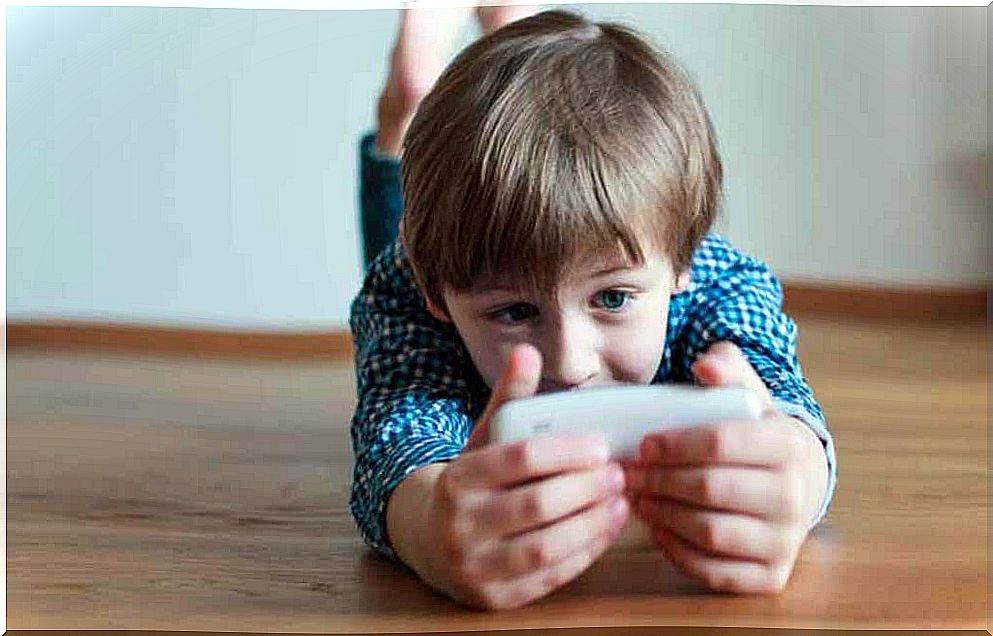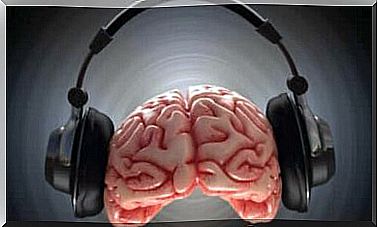Screens Make Children Impatient And Affect Their Mood

Moody children, insomniacs, nervous and sometimes cheeky. Many of us realize that screens have a bad effect on children.
However, we sometimes forget that it is the intensive use of screens that makes our children more apathetic. The mood of this new generation is changing and we are not always sufficiently aware of it.
We can notice it from the primary classes but especially from the secondary. Irritability dominates in many children who find it difficult to relate to others.
It is also seen in their ability to complete their homework. They have difficulty withholding information, reasoning creatively, or solving simple problems.
Some even say that we are creating the softest, most listless generation in history. As always in this kind of case, however, it is not good to generalize, it is true.
There are always exceptions. There are also teenagers who are way ahead of adults. They are then often part of this group of people particularly concerned by our planet and by social issues.
However, from a psychological and clinical point of view, we find that children between the ages of 9 and 15 are already showing signs of anxiety disorders, sleep disturbances, depressive disorders or even bipolar disorder. Which is worrying.
Some people point out that behind these pathologies lies the effect of intensive and inappropriate use of new technologies and screens. We talk about it in this article.

Screens make children hyperactive and more irritable: why?
The data, to say the least, is striking. According to Common Sense Media, almost half of children under 8 already have their own tablet and spend an average of 2.5 hours on it.
However, the American Pediatric Society recommends that children between the ages of 2 and 8 spend no more than an hour per day in front of a screen. And this, always in the company of an adult and never while they are eating.
However, the daily reality is quite different. We know that many children under the age of 3 use these devices daily as a form of play and entertainment.
At an age where manual and social interactions are essential, then we are letting our children become lonely digital individuals. Even at an age when their brains need other types of stimuli.
It should be noted, of course, that it is not the screens that are per se a problem. However, when used wisely, new technologies are powerful means of accessing knowledge. The problem, however, is the amount of time children spend in front of screens.
Researcher Domingues-Montanari explains in a study that our children spend on average more than three hours a day on a cell phone or on a tablet. What are the consequences of this phenomenon for our children? They are many.
Indeed, screens make children hyperactive but also more irritable. Let’s dig deeper.
Mood disturbance and intensive use of screens
In recent years, we have seen more and more diagnoses of attention deficit disorder with or without hyperactivity. There is also an increase in the number of cases of anxiety disorders, major depression or even bipolar disorder in children.
However, it seems that many of these conditions disappear when children are subjected to a “technological fast”. In other words, the mood disorder goes away when the use of electronic screens is reduced or eliminated.
Brain hyperactivity associated with intense use of screens therefore has serious effects on behavior and mood. Research such as that carried out at the University of Pennsylvania in the United States confirms this relationship.
It has been shown that when a child spends more than an hour a day in front of a screen from an early age until adolescence, his psychological well-being decreases sharply. They then show less curiosity, less self-control.
In addition, they have difficulty regulating their emotions and are limited in their social relationships. Simply reducing their exposure to screens would directly improve their sense of well-being.
Screens contribute to disrupting the sleep of children who sleep more and more poorly
Children need to sleep more hours than adults. However, their hours of rest are, in many cases, similar to those of an insomniac! They have difficulty falling asleep and fail to find deep, restful and lasting rest throughout the night.
What is the cause of this problem? The trigger is the light of electronic screens. It acts as a brain stimulator by reducing the release of melatonin and producing severe hormonal imbalances. Screens make children hyperactive, more irritable, listless and sluggish.

Cell phones and tablets drain children’s intellectual resources
Our children, especially teens, live in a digital world that distracts all of their attention. It goes even further. 100% of their cognitive and visual attention is required when exposed to screens. So when they return to the real world, their intellectual levels are then at a minimum.
The intensive use of mobiles and tablets devours all the attention and energy of our young people. So when they leave the digital world and turn off their devices, they no longer have the motivation or energy to do their homework or go outside to play.
Children are addicted to screens
Screens make children hyperactive and also make them dependent on dopamine. What does it mean and what does it involve. How can a 6, 7 or 12 year old become “addicted”?
To understand this relationship, we need to understand something very basic. A large part of online games, as well as platforms such as Tik Tok, generate a release of dopamine in the brains of young people.
This feeling of well-being and entertainment then becomes addictive. It then takes them more and more hours of exposure for the same stimulus to produce the same level of pleasure. Not always getting that feeling or that dopamine “shot”, they fall into a state of craving, frustration and anger.
The most problematic is that we are raising children who no longer understand non-digital hobbies. They filter reality through technology. They then leave aside direct socialization, the real and near world.
In conclusion, we can underline the obvious: new technologies are one of the best tools for progress, but they will only help us if we make good use of them. Let’s keep this in mind.










